20 N64 Games That Were Way Ahead of Their Time
From undeniable classics to underrated oddities, these are some of the most notable Nintendo 64 games that were truly ahead of their time.
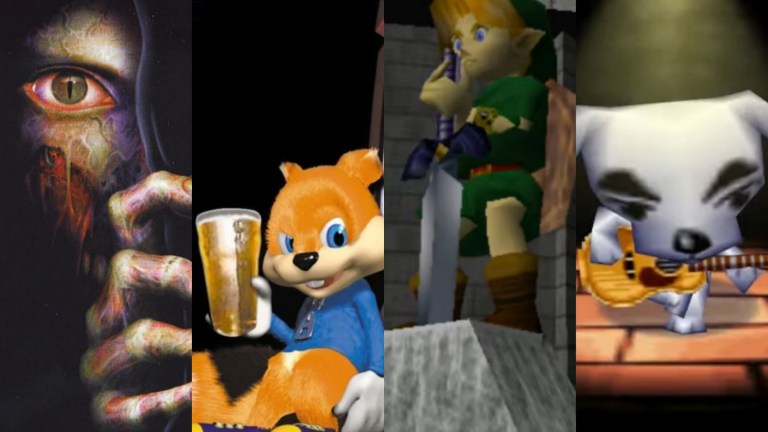
As I continue my look at the history of video games that were ahead of their time, I have to admit that initially dreaded the idea of writing the Nintendo 64 entry in this series. Mind you, that’s not because the N64 library wasn’t filled with innovative games, but rather that the N64 library was oddly filled with innovative games that did receive a ton of praise and recognition in their day. That success somewhat compromises the spirit of the “ahead of their time” concept.
While my research into this topic revealed quite a few N64 titles that were indeed as successful as they were innovative, I also quickly discovered that the N64 library ran so much deeper than I initially suspected. Personal ignorance aside, maybe it’s a testament to the innovations of some of the N64’s most overlooked titles that I only recently appreciated how ahead of their time some of those games were. It turns out that there’s a pretty good chance you may have also missed some of the N64’s most innovative and original games.
Before we get into all that, though, here are a few rules to consider:
- The phrase “ahead of its time” is obviously somewhat subjective. For the most part, though, I tried to focus on games that featured some kind of technological or mechanical innovation that wouldn’t become standard (or appreciated) until after that game’s release.
- As always, I tried to focus on games that maybe weren’t fully appreciated in their day. However, there were some major N64 games that obviously belonged somewhere on this list.
- This list includes every game officially released for every version of the N64. An N64 game did not need to receive a global release to be considered eligible for this list.
With that out of the way, here are 20 N64 games that were way ahead of their time.
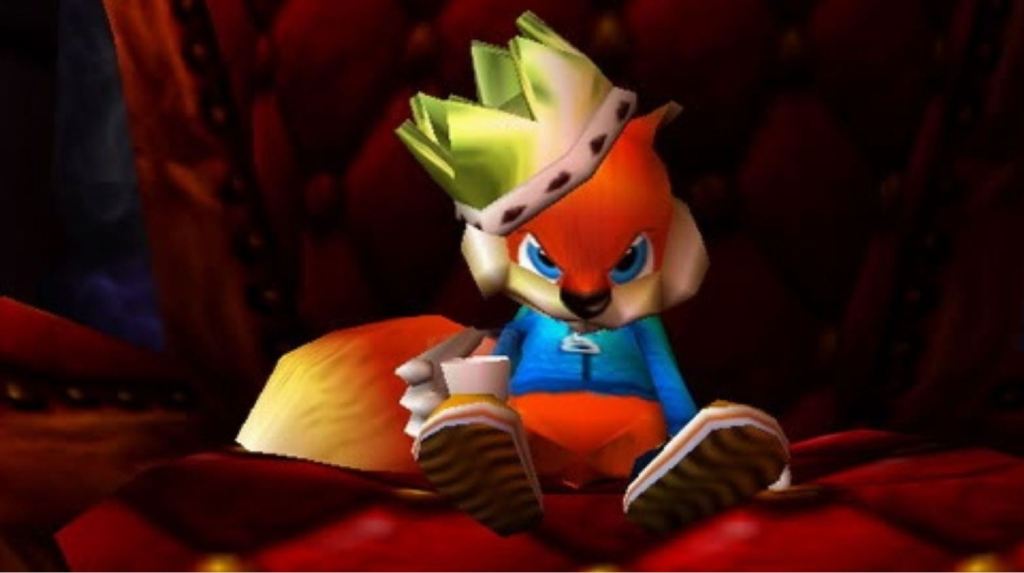
20. Conker’s Bad Fur Day
I could probably make the argument that Conker’s Bad Fur Day belongs on this list due to the “ahead of their time” nature of the game’s pop culture/meta humor and cinematic action sequences. However, I’d be lying to you if I tried to pretend that Conker’s stunning visuals weren’t the real reason it earns a spot on this highly-competitive list.
Sure, Bad Fur Day had the technological advantage of being released during the N64’s final days, but there were few N64 games in that specific time period that looked half as good as this one. Rare’s farewell to the N64 was a true showcase of both their knowledge of the hardware and the creative talents of an all-time great studio working at the top of their game.
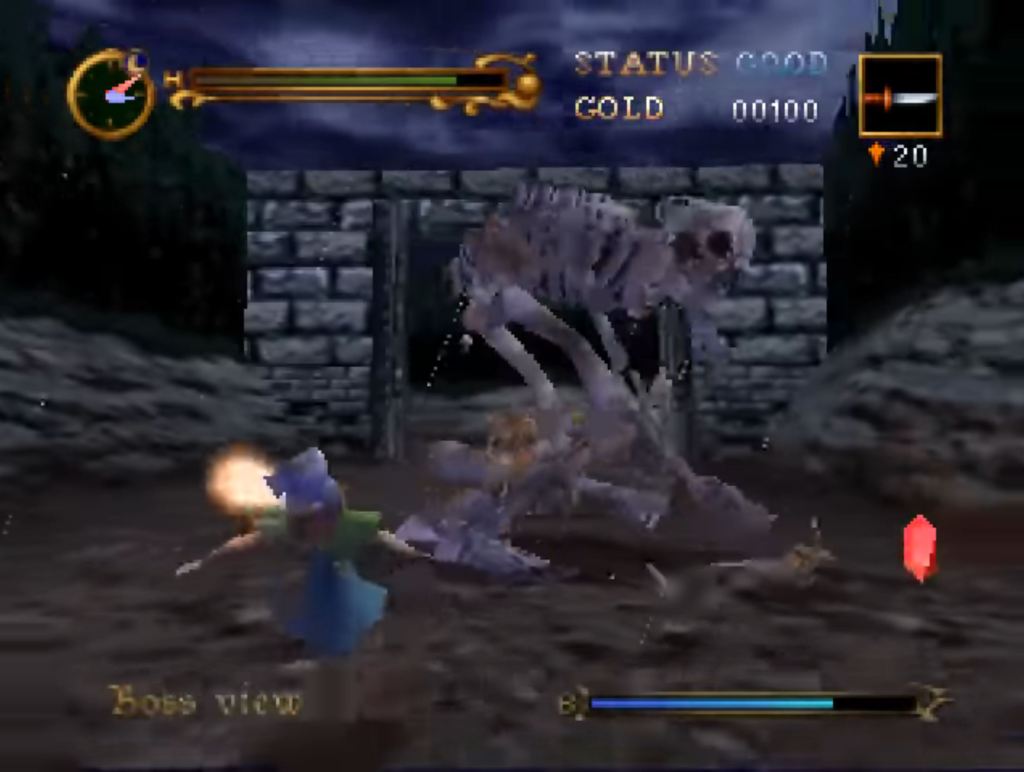
19. Castlevania 64
I understand why 3D Castlevania games have such a bad reputation compared to their 2D counterparts, but that reputation has unfairly taken on a life of its own over the years. There are some good (or at least interesting) 3D Castlevania games that get caught under the wheels of that stigma. In fact, the very first 3D Castlevania game is still trying to shake its bad reputation all these years later.
Castlevania 64 isn’t perfect, and it’s certainly not as brilliant as Symphony of the Night. However, it was a fascinating attempt at an early 3D action-adventure game that utilized survival horror elements and a compelling gothic atmosphere. Look past this game’s technical problems and structural shortcomings, and you’ll find a game that is remarkably similar to many modern FromSoftware titles.
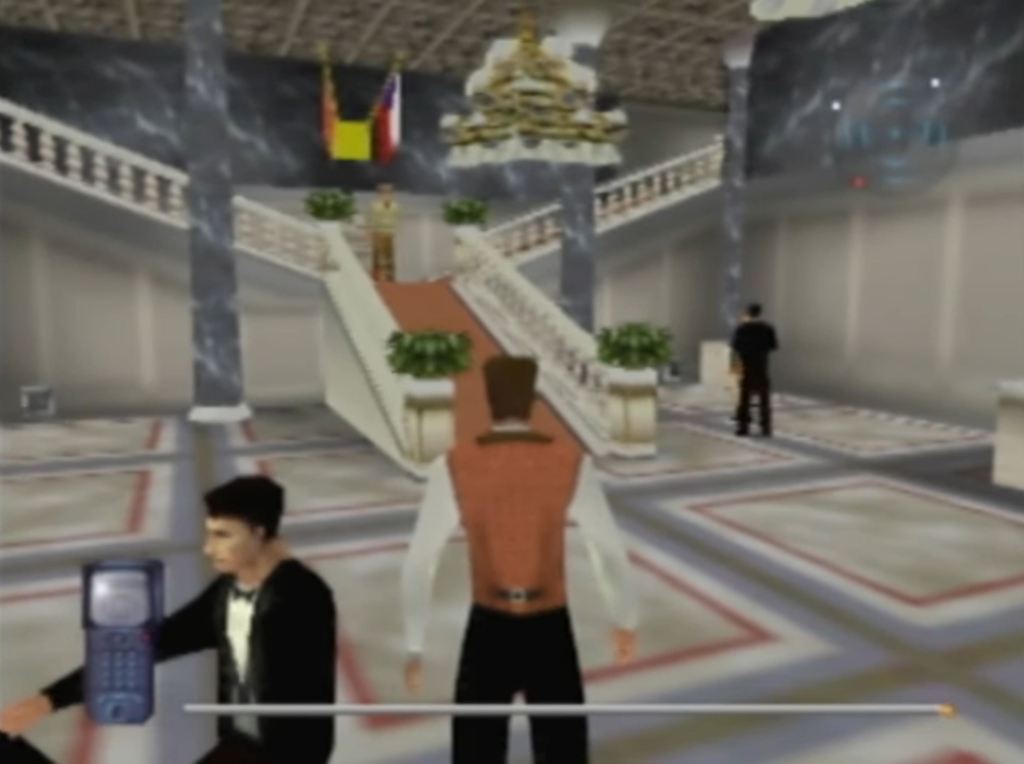
18. Mission: Impossible
I talked about this game in my look at forgotten video games based on movies, but it’s really worth emphasizing how strange it is that this title is rarely discussed today. After all, Mission: Impossible essentially offered a Hitman-like experience way back in 1998
3D stealth gaming was hardly a new idea by the time Mission: Impossible was released, but the way this game approached that basic idea was truly fascinating. It allowed you to freely navigate surprisingly large 3D environments as you tried to complete a wide variety of objectives. Granted, the game’s controls were kind of a nightmare, but how can’t you be impressed with a 1998 N64 game that figured out ideas that even the Hitman franchise wouldn’t get right for years to come?
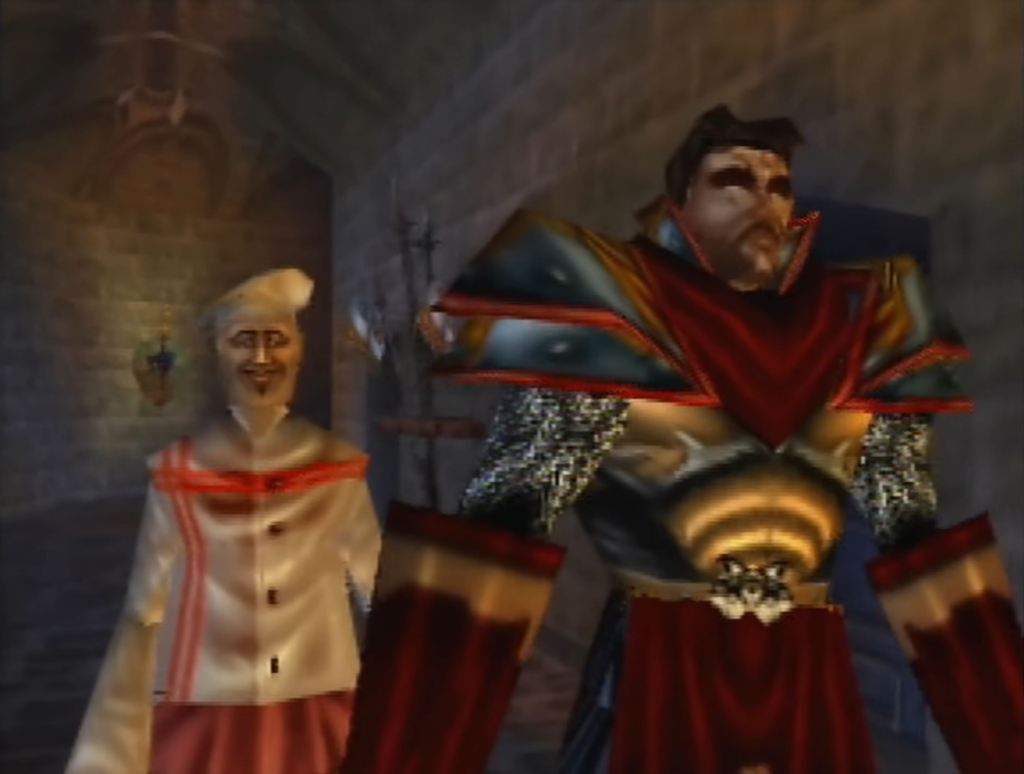
17. Aidyn Chronicles: The First Mage
I don’t think I’m the first person to even vaguely praise Aidyn Chronicles: The First Mage, but this isn’t a game that people typically go out on a limb for. A clear product of the years-long development hell it endured, Aidyn is buggy, ugly, and generally feels unfinished. I can’t genuinely recommend playing this game, even if you’re somehow able to get it to run without crashing.
If ever this game deserved to be mentioned on any kind of “best of” list, though, it would be this one. Aidyn Chronicles is a unique RPG that features what I believe might be the largest in-game world in an N64 title. Technical ambition aside, this game’s core role-playing concepts (like a permadeath system, terrain-based combat, and even combat advantages/disadvantages based on the time of day) were all remarkably advanced for a game that was trying to also deliver a 3D, open-ish world RPG adventure on the N64. It was little more than ambitious, but it was certainly that.
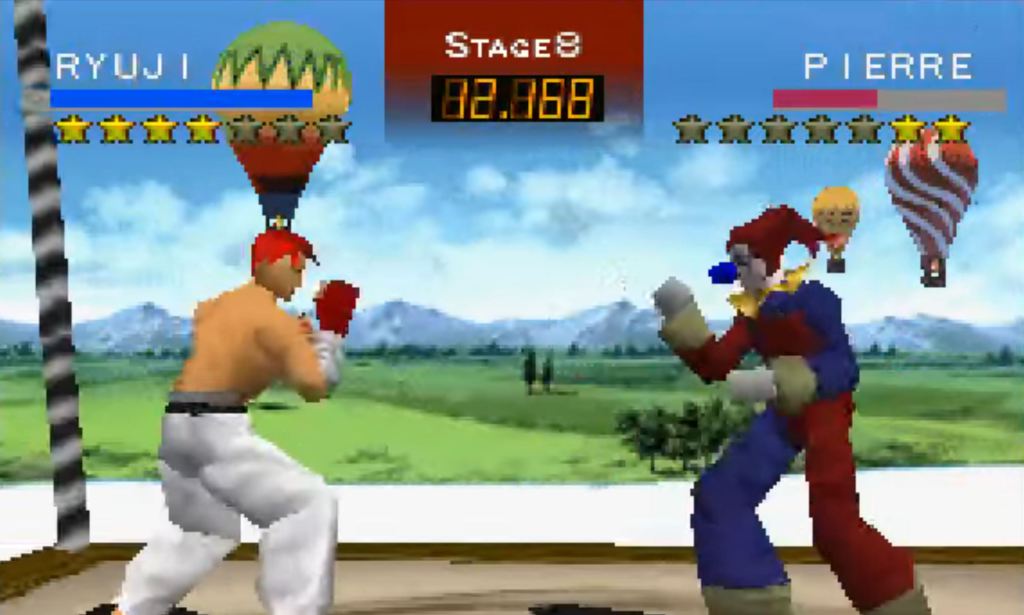
16. Fighters Destiny
There actually were a few good fighting games for the N64, but it’s safe to say that that console wasn’t a favorite among fighting game fans. That makes it all the more strange that a game as enjoyable and innovative as Fighters Destiny received relatively little love in its time and is barely even remembered today.
Fighters Destiny was highlighted by a compelling “points” system that functioned alongside the game’s more traditional health bar system. Basically, you would earn points in every fight by completing certain in-match feats (like ring outs, counters, or performing a special move). Those points create additional ways for you to win a match beyond simply depleting your opponent’s health. There’s an almost MMA-like quality to the premise that highlights just how forward-thinking this fighter really was.
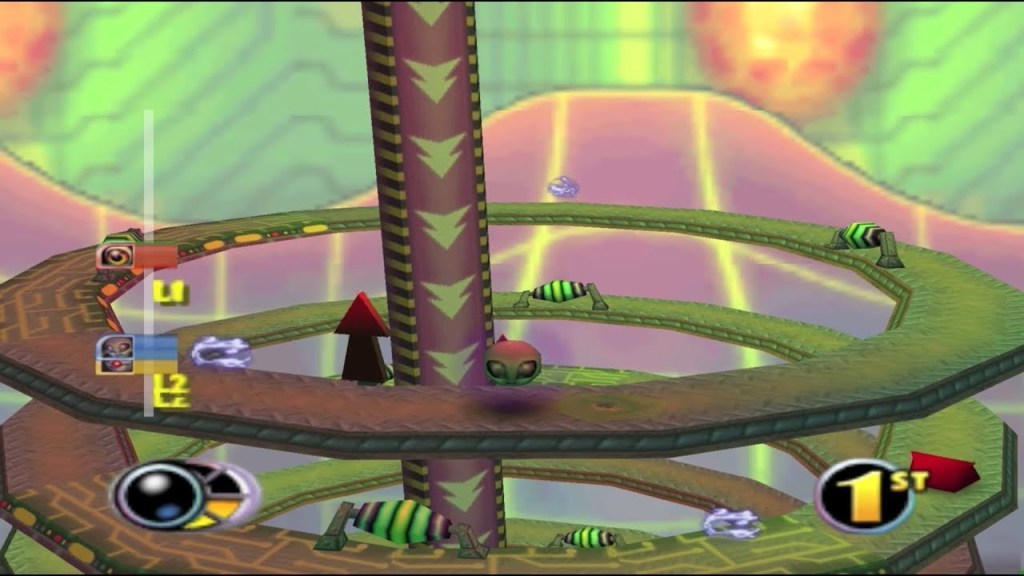
15. Iggy’s Wrecking Balls
A lot of critics didn’t know what to make of Iggy’s Wrecking Balls when it was released in 1998, and I can certainly see why. It’s basically a racing game combined with a platformer that offers several party-game-like modes. Your main goal is usually to make it to the top of a tower before your opponents. Speed is a factor, but platforming skills and a bit of subterfuge will usually win you most matches.
Iggy’s Wrecking Balls is another one of those games that had the misfortune of being released before online console gaming really took off. At a time when games like Fall Guys can become overnight sensations, I genuinely believe a game like Iggy’s would find the audience it was intended for.

14. Resident Evil 2
Resident Evil 2 is one of the best horror games ever made, but it probably wouldn’t make a list like this. In fact, it didn’t make my list of PS1 games that were ahead of their time. However, the N64 version of this game happens to be one of the most impressive technological accomplishments in all of ‘90s gaming.
Developer Angel Studios essentially managed to fit two PlayStation CDs worth of content and technology into a single N64 cartridge. To do so, they had to employ every trick in the book and invent several new ones along the way. The result was a game that can best be described as “what Resident Evil 2 would have looked like if it was natively developed for the N64.” No wonder Angel Studios went on to become Red Dead Redemption 2 devloper, Rockstar San Diego.
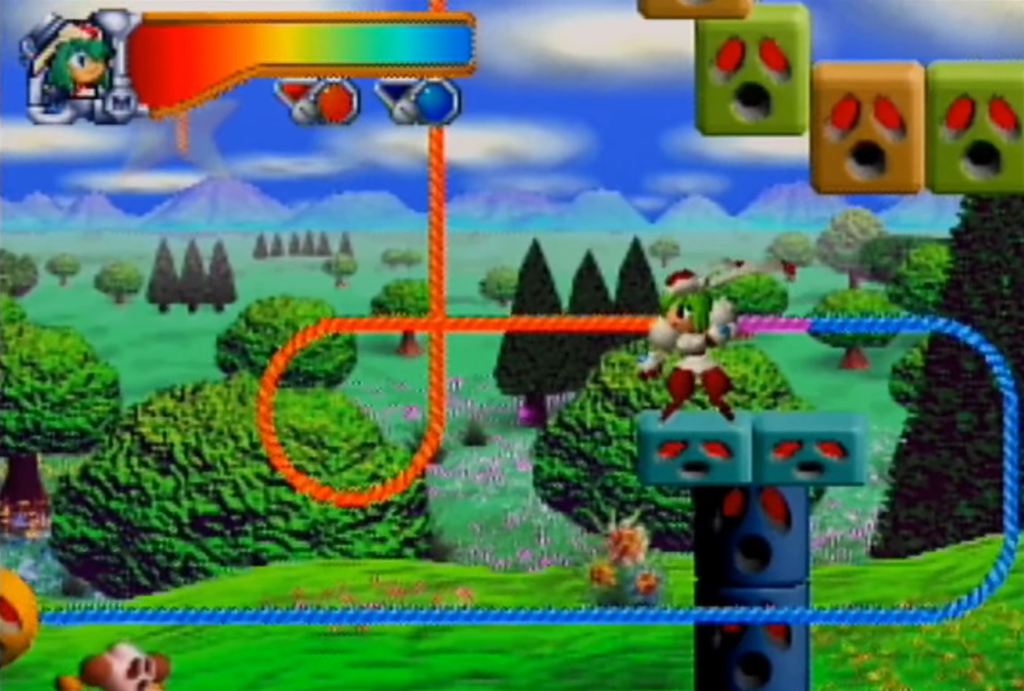
13. Mischief Makers
To be fair, there aren’t a ton of games that directly followed in Mischief Makers‘ footsteps. Instead, this game’s “ahead of its time status” is based more on how little of an impact Mischief Makers made when it was released in 1997. At that time, a lot of people took one look at Mischief Makers, saw 2D graphics in the midst of the 3D revolution, and wrote it off as a lesser effort.
Today, we know Mischief Makers is anything but a lesser effort. This Treasure-developed platformer is quite simply one of the best 2D (or 2.5D) games of its era. Mischief Makers’ expert blend of action and traditional platforming essentially combines the best elements of Mega Man and Super Mario. Honestly, this title has aged so much better than many of those 3D titles that initially buried the hype for this one.
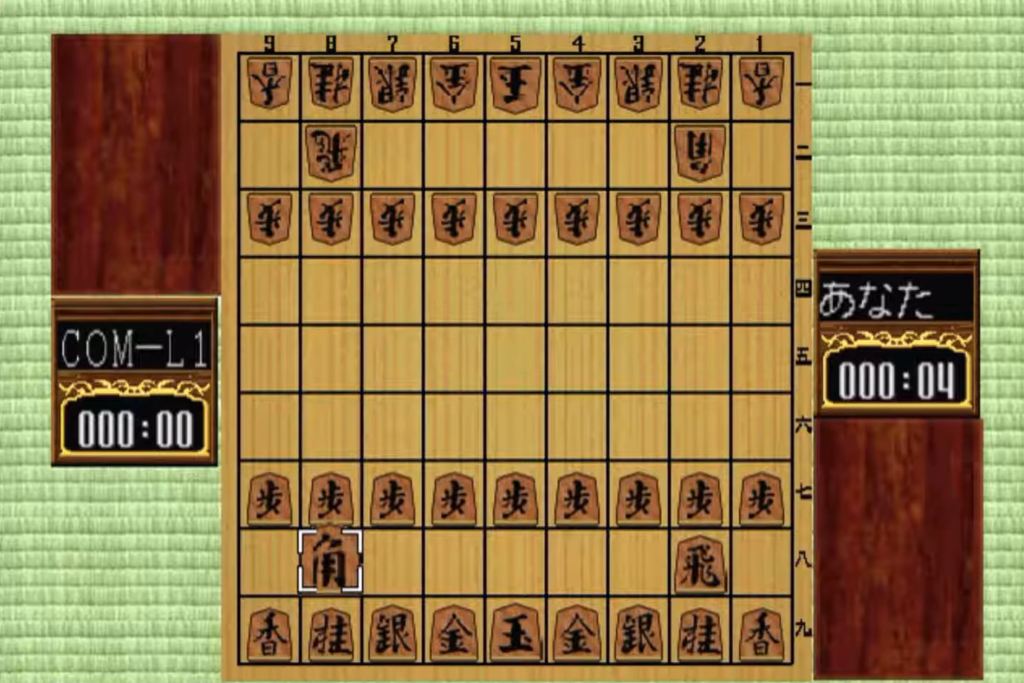
12. Morita Shogi 64
On the surface, this has to be the oddest game I could possibly add to this list. After all, not only is this N64 title based on a board game that is hundreds of years old, but it’s technically also the sequel to an N64 launch game. In this case, though, the story here isn’t the game itself but rather the game’s cartridge.
See, the Morita Shogi 64 cartridge shipped with a built-in RJ-11 modem port that allowed users to challenge each other online. Yes, Morita Shogi 64 offered online N64 multiplayer in 1998. Could you imagine if they had gotten that feature to work for other N64 games at that time? Granted, that modem port led to all kinds of unlicensed games and hacking problems, but that’s a story for another day.
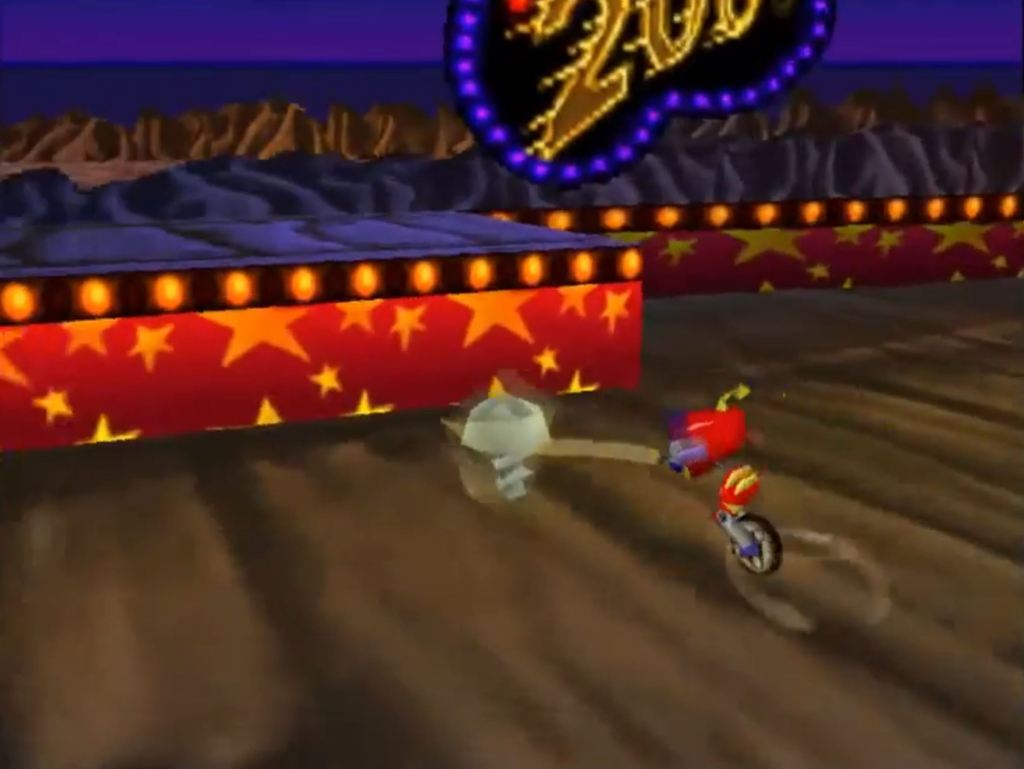
11. Rocket: Robot on Wheels
It wasn’t easy for a 3D platformer to stand out in the N64 library. So many 3D platformer games that would have stood out at a different time or on a different console that wasn’t as blessed with so many exceptional entries into that genre ended up getting lost in the shuffle.
Rocket: Robot on Wheels is arguably the best example of that struggle. Developed by the legendary team at Sucker Punch (it was their first project, actually), Rocket utilized a surprisingly complex physics system as the basis for its challenging puzzles and amazing levels. Sucker Punch should have been immediately rewarded for their innovative approach to 3D platformer design, though things obviously worked out pretty well for them in the end.
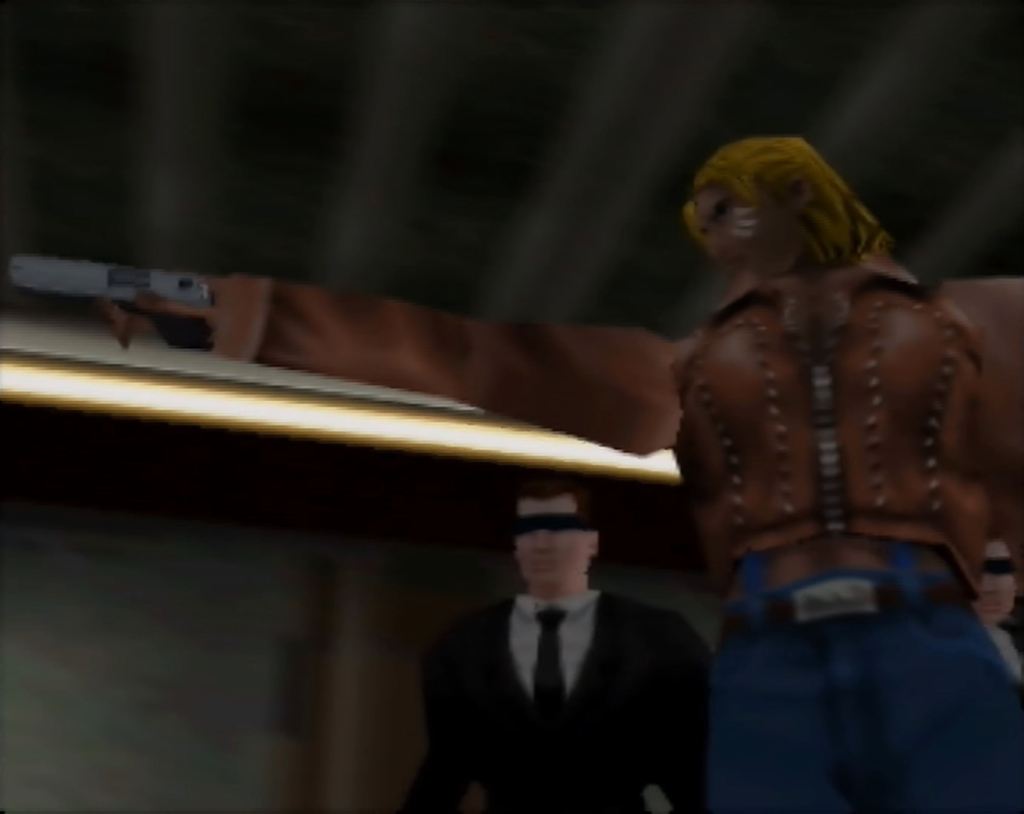
10. Hybrid Heaven
Unlike 3D platformers, anyone making an RPG for the N64 actually had a pretty good chance of standing out from the pack. Rather than release a Final Fantasy-like RPG that would have almost certainly done well on the N64, though, Konami decided to go a…different route with Hybrid Heaven. The result was a downright weird blend of fighting game combat, RPG leveling, and action-adventure level design. A lot of people just didn’t know what to make of the game.
Things are a bit different now, though. At a time when so many games incorporate RPG elements into their core design, it’s now remarkably easy to appreciate what Hybrid Heaven was going for and how well it achieved its biggest goals. Yes, the game had some design problems, and it would have greatly benefited from a visual makeover, but there is something fundamentally appealing about this game’s combo-based combat and constant leveling. This is the kind of game that really need a sequel, reboot, or remaster.
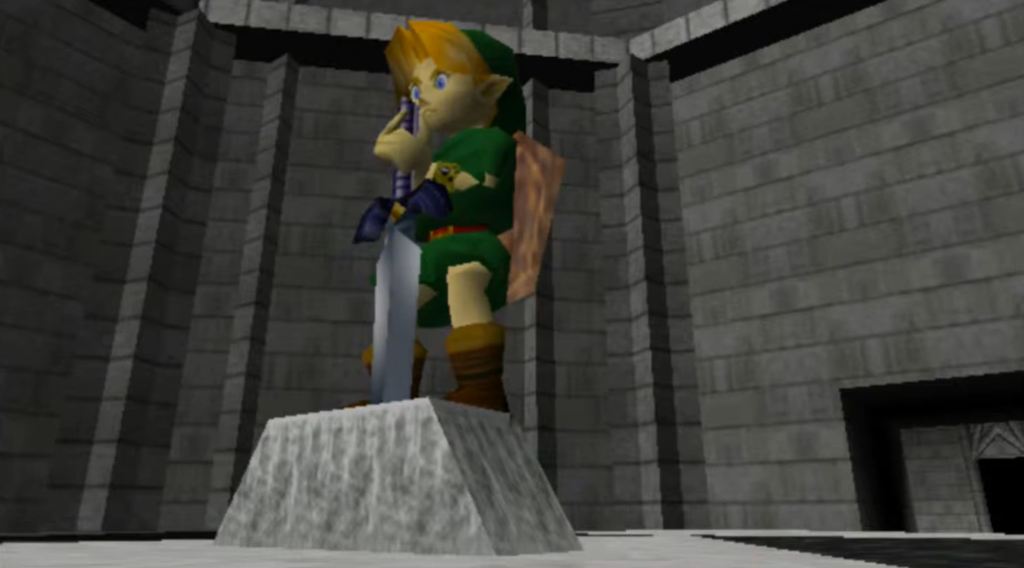
9. The Legend of Zelda: Ocarina of Time
Put your pitchforks down. As I said in the intro, the only reason this game isn’t even higher on this list is simply that I wanted to give some more overlooked titles a little room to shine. That being said, how could I possibly ignore one of the N64’s most impactful and innovative games?
Every gamer of a certain age dreamed of what a 3D Zelda game might look like. While Ocarina was as glorious as we could have possibly dreamed it would be, few fans could have ever imagined the many little innovations that made Ocarina as wonderfully playable as it was. From Z-targeting to smooth 3D navigation controls, Ocarina of Time somehow made that impossible dream accessible and appealing to pretty much every gamer. There was no going back from this one.
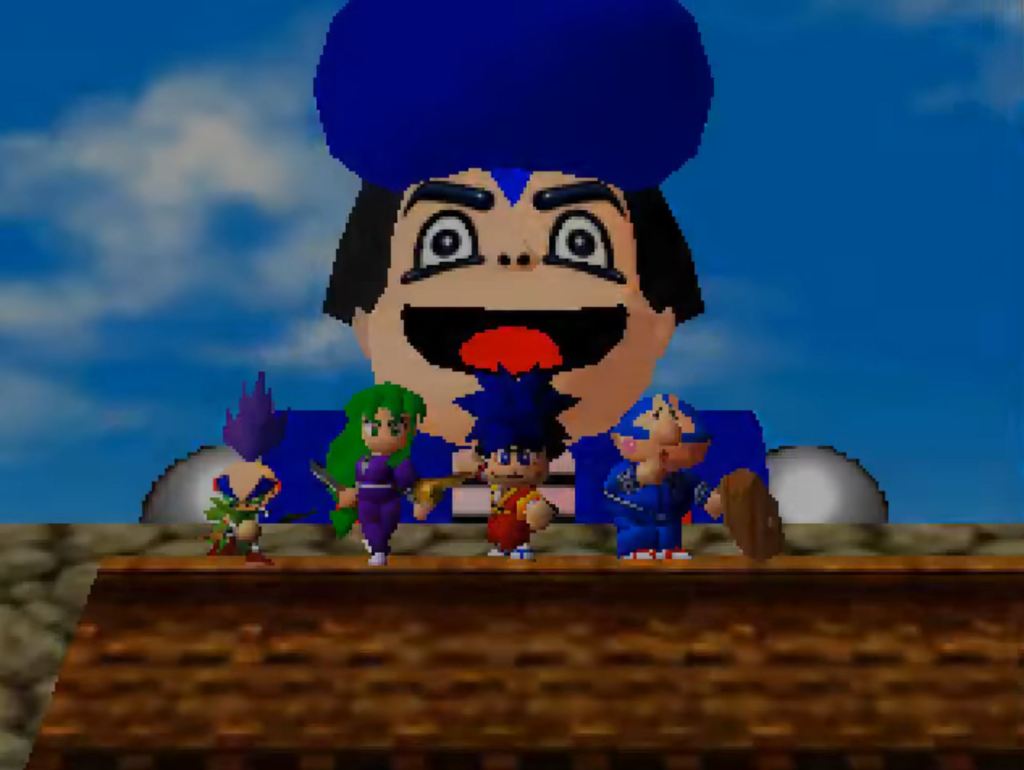
8. Mystical Ninja Starring Goemon
Mystical Ninja Starring Goemon is a 3D action-adventure game that sees Goemon and his friends try to stop a gang from turning Japan into a theater (seriously). Along the way, they battle giant robots, help out the locals, and participate in a series of increasingly bizarre sidequests that often rely on surprising and strange humor. Indeed, many of the early criticisms of the game (that weren’t focused on that game’s wonky camera controls, that is) mentioned that it may be too weird for Western gamers. The title’s Western sales seemed to support that theory.
Years later, though, I think it’s that exact element of the title that has helped it age so well. Not only is this game genuinely very funny, but, much like the Yakuza and Shenmue franchises, it really shines whenever you’re interacting with occasionally awkward NPCs, simply wandering around, or participating in various minigames. Minor problems aside, this is one of those games that is easier to revisit now over so many “classics” of the era due to its abundance of personality and modern ideas.

7. Space Station Silicon Valley
Space Station Silicon Valley’s gameplay requires you to essentially “possess” various animals and use their unique abilities to solve puzzles. To put it mildly, this game was a pretty tough sell in 1998 when it was sitting on shelves alongside some of the greatest games ever made. Even those who bought into that basic idea still had to contend with this title’s sometimes frustrating gameplay and strange sense of humor.
Today, though, it’s easy to respect not only Space Station‘s infectious personality but the boldness of its 3D exploration/puzzle-solving gameplay. Space Station lacked some of the simpler pleasures of other 3D platformers of this era, but it made up for that shortcoming with almost Portal-like puzzle gameplay that always felt satisfying to solve. It’s no wonder the studio that made this game (DMA Design) went on to become the legendary Rockstar North. Interestingly, this isn’t the only DMA game on this list…
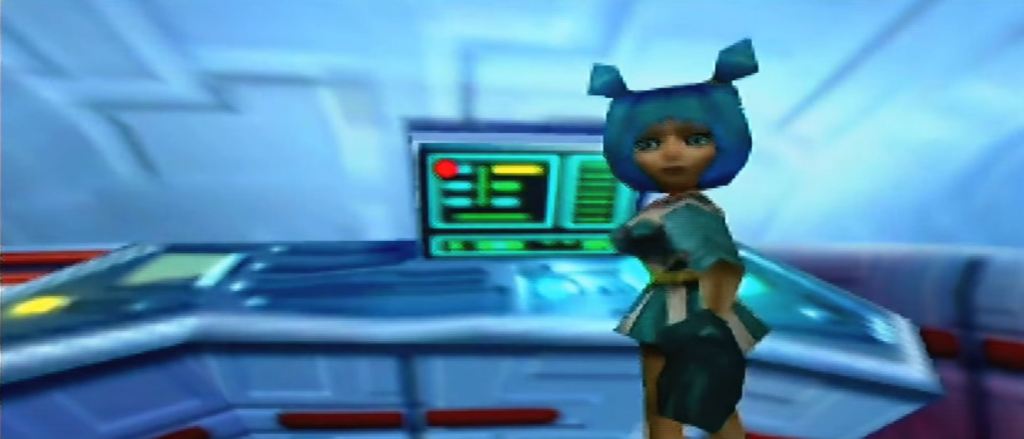
6. Jet Force Gemini
Much has been written about Rare’s legendary run of incredible N64 games. While many of those games remain beloved today (Banjo-Kazooie, GoldenEye 007), a few of them really only started to get the love they deserve over the last few years or so. Of course, there is arguably no Rare N64 game worthier of a widespread reappraisal than Jet Force Gemini.
Jet Force Gemini is a third-person sci-fi action game that could easily be considered the spiritual predecessor to the Ratchet and Clank series. Unlike that excellent franchise, though, Jet Force Gemini still features quite a few of the platforming elements that defined some of the biggest Rare games of that era. Granted, not all of those elements worked out for the best (having to rescue every Tribal remains a pain in the ass), but there’s certainly something to be said for the way that Rare emphasized the “adventure” part of the action/adventure genre better than even some of the more refined entries in that genre that followed.
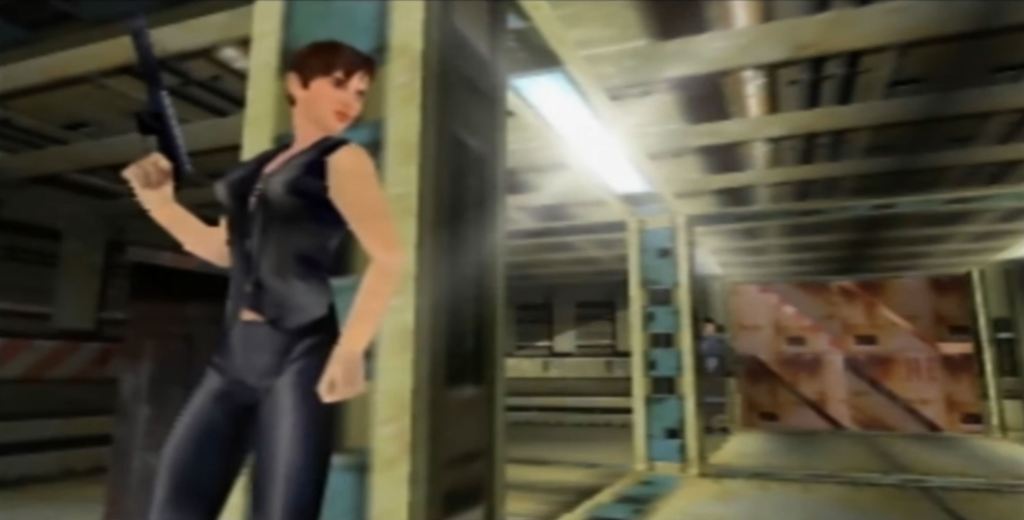
5. Perfect Dark
Yes, this spot could have easily gone to GoldenEye 007, but if I’m splitting hairs, I think it’s fair to say that game received quite a lot of love and praise in its day. On the other hand, I feel like I’m still waiting for Perfect Dark to be widely accepted as GoldenEye‘s often superior spiritual successor.
Perfect Dark improved upon nearly all of GoldenEye’s best features, but it was so much more than an improved version of that beloved game. Perfect Dark’s advanced AI, incredible multiplayer customization features, unique profile achievements, dynamic campaign objectives, and an intelligent arsenal of weapons and gadgets granted this game an identity that no other title could truly lay claim to. To put it another way, GoldenEye 007 was the game that showed FPS titles could work on consoles better than many gamers suspected. Perfect Dark was the game that argued console FPS titles could be even more ambitious than their PC counterparts.
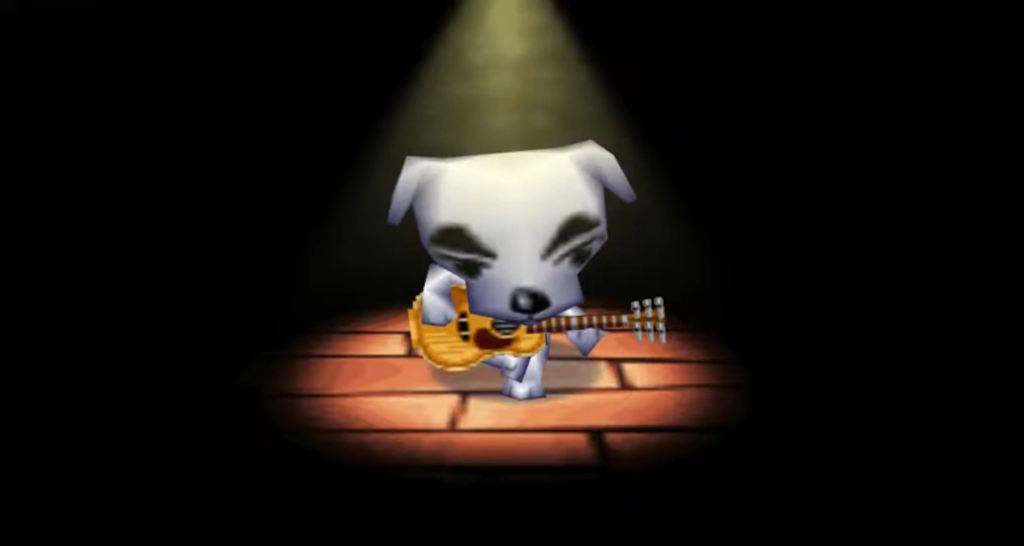
4. Dōbutsu no Mori
Dōbutsu no Mori was originally supposed to be one of the showcase games for the Nintendo 64 DD. When that add-on failed, though, its development team was forced to find a way to get their ambitious game to run on the base N64 hardware. What could have been a disaster turned into a beautiful little game that was all about completing chores, getting to know your neighbors, and navigating the unique demands of a real-time clock. Yes, 2001’s Dōbutsu no Mori was the first entry in the franchise many of us now know as Animal Crossing.
That fact seals the argument about Dōbutsu no Mori was ahead of its time, but we’re not just talking about a game that was ahead of its eventual next-gen ports by a year or two. Dōbutsu no Mori was a technical marvel of an N64 game that also happened to establish a bold design formula that the best-selling and beloved Animal Crossing games rely on to this day. It would have been one thing if you tried to play this game today and only saw glimpses of better ideas to come. Instead, you play this game today and immediately discover that it is…well…Animal Crossing.
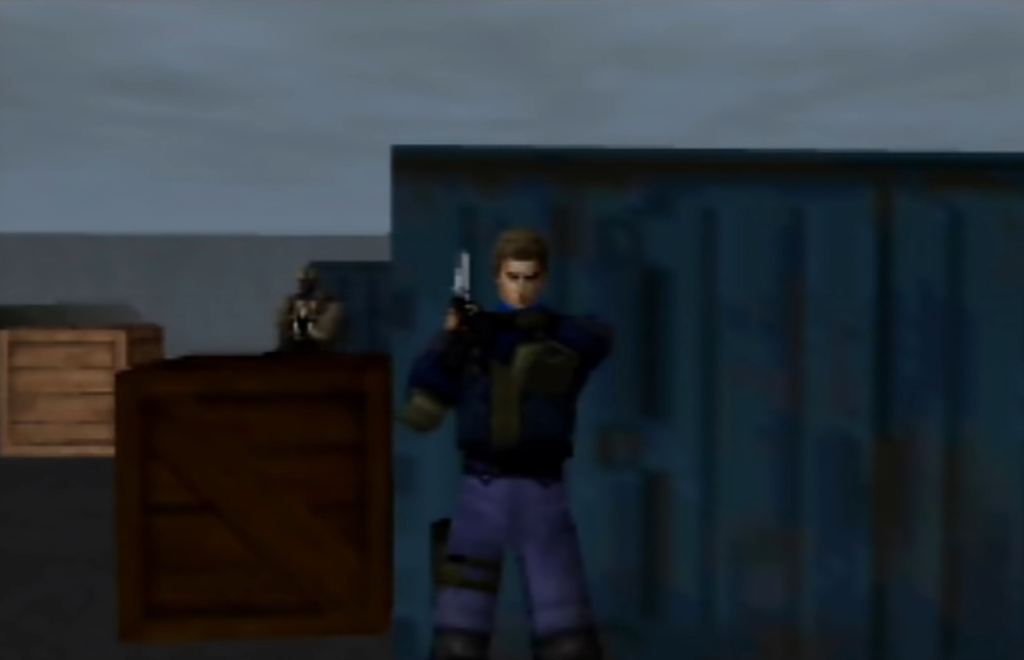
3. WinBack: Covert Operations
It’s easy to forget how long it really took developers to “figure out” the third-person shooter genre. There were great third-person shooter games released for the PS1 and N64, but we didn’t really start to see a steady stream of quality entries in that genre for another generation or two. Of course, we might have gotten some of those games a bit sooner if WinBack had been a bigger success in its day.
1999’s WinBack: Covert Operations is defined by its innovative cover system that would later be featured in some of the biggest third-person action games ever (most notably the Gears of War series). That cover system (along with the game’s laser sight aiming) made WinBack one of the most accessible and enjoyable pure third-person shooters of the ‘90s. The game had some writing and control problems, but there is certainly something to be said for the fact that you can look at this game today and clearly see the next 20+ years of the genre.
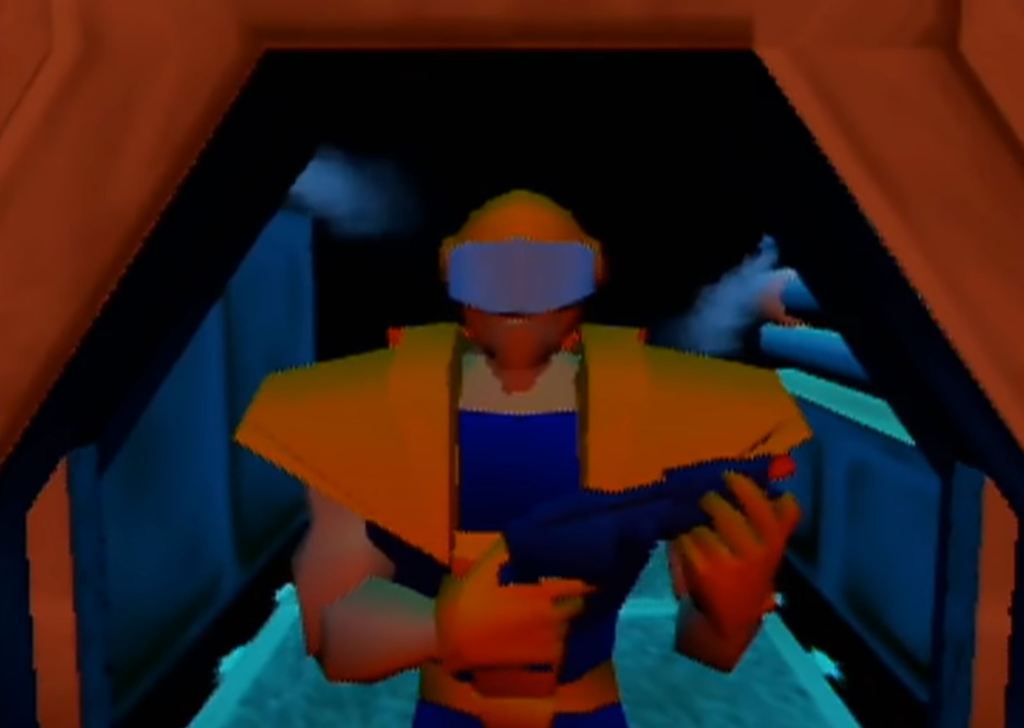
2. Body Harvest
Yes, this is that other DMA Design game I alluded to earlier. Unlike Space Station, though, Body Harvest actually shares quite a few pieces of design DNA with the GTA franchise that would later make DMA famous. In fact, that’s exactly why it’s a game that was so far ahead of its time.
Body Harvest sees you control a time-traveling soldier who must stop a race of aliens that invade Earth every 25 years in order to steal human organs. That premise is wild enough for an N64 game, but what really separates Body Harvest from the rest of that console’s library is the fact that it is essentially a very early example of what we now know as an open-world game. Body Harvest’s worlds weren’t completely open, but you can’t look at this time, know who developed it, and not see it as a kind of test run for some of the concepts that would change gaming forever. Of course, I’d still love to see Rockstar revisit this title’s incredible sci-fi body horror premise.

1. Super Mario 64
Yes, I said that I want to use this article to shine a light on overlooked games, and yes, Super Mario 64 has received nothing but widespread acclaim since it was released in 1996. Even still, it’s nearly impossible to deny this game the top spot in this particular discussion.
I probably don’t need to tell you about how Super Mario 64‘s controls, camera, and level design quite literally changed how 3D games were played and perceived. Super Mario 64 was not the first 3D video game, but it might as well have been when you consider how playable it is versus nearly every other 3D game that came before. Actually, it’s only when you try to go back and play some of the other 3D games available at that time that you really appreciate all the little things Super Mario 64 did right.
Honestly, I think the one thing we don’t talk about enough when we praise Super Mario 64 is the fact that it didn’t instantly make all other 3D games great. It took years for all non-Nintendo studios and partners to make 3D games that functioned this smoothly. Even then, you could still make the argument this is the best 3D Super Mario game ever.
